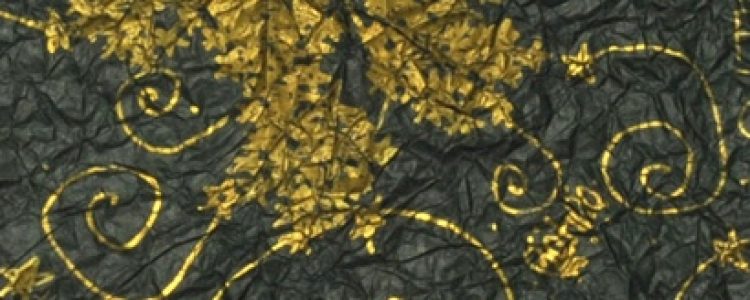News & Press
Art market robust in crisis year 2022 - WFA cautiously optimistic for 2023
14 Feb. 2023 / Pressemitteilungen
The year 2022 was dominated by the Russian invasion of Ukraine and the war that has continued since then with all its consequences for the economy and capital markets. Another key issue for much of the year was still COVID-19, including the associated problems regarding restrictions and, above all, supply chains. All this led to a further increase in inflation, which significantly exceeded the estimates at the beginning of the year. There were also repercussions for growth forecasts, which had to be revised noticeably downward. Western central banks attempted to counter the inflation trend by massively raising key interest rates - abruptly ending the phase of zero and negative interest rates. 2022 was also a difficult year for investors on the stock markets, with prices of both equities and bonds coming under pressure, in some cases significantly, in the environment described. Shares of small-caps, such as those of WFA AG, and of companies from the crypto and technology sectors suffered the most.
Against this background, the environment for the art market has also changed significantly since February 2022. In the first half of the year in particular, many market participants first took frightened refuge on the sidelines and waited. However, after waves of sales failed to materialize in the art market in the further course of 2022, a differentiated attitude gained the upper hand towards the end of the year. Important collector's items in the high-end have even risen in value in the past year. Here, collectors with "old money", who were not affected by the weakness of the tech market, pounced. In the European auctions at Ketterer, Grisebach, van Ham and the Dorotheum, for example, some outstanding prices were achieved. Overall, there was a clear trend in favor of live auctions with printed catalogs that could also be viewed online. In contrast, the atmospherically completely emotionless online-only auctions were only successful when the starting prices were set very low, to the detriment of the consignors. The positive development in the top segment has also been fed by the inflationary trend and the accompanying concern that cash assets could significantly lose value.
In the broad so-called mid-market, which is relevant for WFA AG's trading business, there was a solid price trend, albeit with declining volumes, as a larger number of sellers and buyers had retreated to a watching brief.
In the edition business, 2022 also saw a rather increasing demand for the already classic prints by Warhol, Haring, Lichtenstein and Hirst. In the other areas of the edition market, sales volumes decreased primarily due to two factors: the "Funny Money" from the Corona era, which had been made in particular in the technology scene, disappeared almost completely from the art market during the year. However, only a few speculatively priced editions declined in price. The supply chain problem continued to weigh on the market. Raw materials had become increasingly difficult to get, and workforces in production companies went into COVID quarantine in shifts. In some cases, this resulted in delivery delays of 6 - 12 months. The faltering supply of materials also significantly reduced the number of new editions, and a large number of projects had to be postponed until 2023.
Virtual art in the form of NFTs was the only sub-segment of the art market to experience a crash in 2022. Here, prices fell by 80-90% across the board and sales collapsed by as much as 95% year-on-year. However, hardly any of the observers in the classical art market were surprised by this development, as NFTs in 2020/21 had been bought almost exclusively for financial motives, while retail collectors were hardly ever seen. So it was only a matter of time when this hype would collapse. This was triggered by the price collapses in Bitcoin and Ethereum.
While the winter of 2022/23 and probably also the spring in Europe and increasingly even in the U.S. will be characterized by recessionary tendencies, a new economic cycle with an - albeit probably moderate - recovery of the economy could emerge from the summer onwards. Interest rate increases could come to an end in the second quarter of 2023 - and inflation rates could fall significantly from March onwards, if only because of the base effect. The rising share prices in the course of 2023 so far seem to anticipate this development.
Against this background, WFA AG is cautiously optimistic about the development of the art market in 2023, which has just started. Management expects a notable upward movement during the second half of the year, as many of the current stress factors currently seem to be digested or slowly vanish..
Particularly important for the edition market is that supply chain issues seem to be gradually dissipating and consequently a good number of new projects can be expected in 2023/24, which in turn should lead to higher sales volumes.
A resurgence of NFTs is not expected for the time being. Like video art, they will probably tend to lead a somewhat niche existence in the art market. However, various business models are just emerging that implement other use cases of blockchain technology in the art market. At the center of these is, in particular, the effort to securitize works of art and thus make them available to investors.


